Comprehensive Evaluation of a Health Wellness Program Report
VerifiedAdded on 2020/04/15
|6
|1004
|36
Report
AI Summary
This report evaluates a health wellness program, focusing on the use of health risk assessments (HRA) and employee interest surveys as key evaluation tools. It emphasizes the importance of employee feedback through sample survey questions designed to gauge participation, awareness of program elements like ergonomics, and suggestions for improvement. The report details risk evaluation methods, including qualitative risk assessment using matrices, and discusses risk classification and control measures, particularly concerning ergonomic hazards like awkward postures and prolonged sitting. It also covers the implementation of safety control measures, such as improved work policies and protective equipment, and suggests strategies for program sustainability, including executive support, attractive incentives, and maintaining employee interest through fresh and engaging program elements. The report highlights the significance of proper evaluation and documentation for fostering a healthy workforce and ensuring long-term program success.
1 out of 6
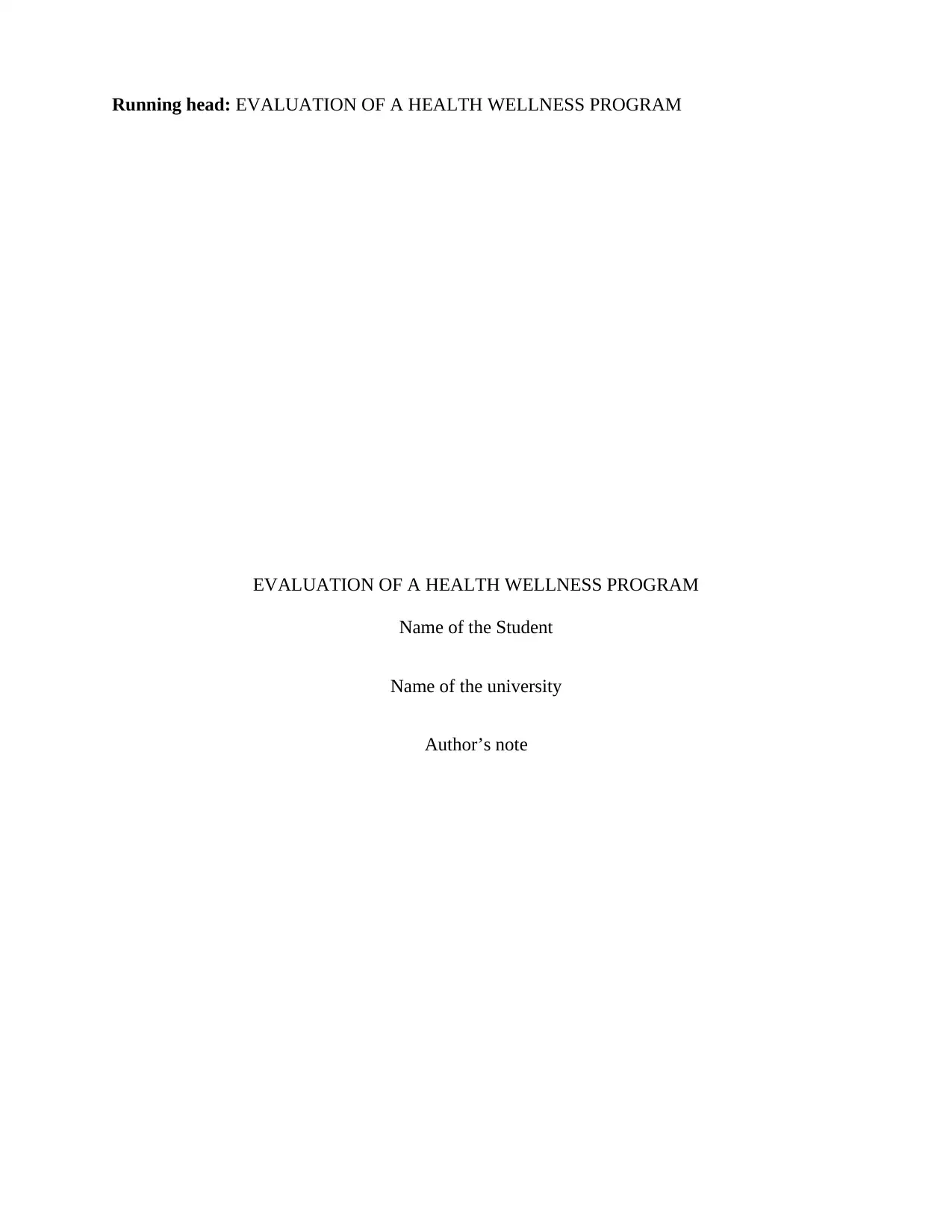
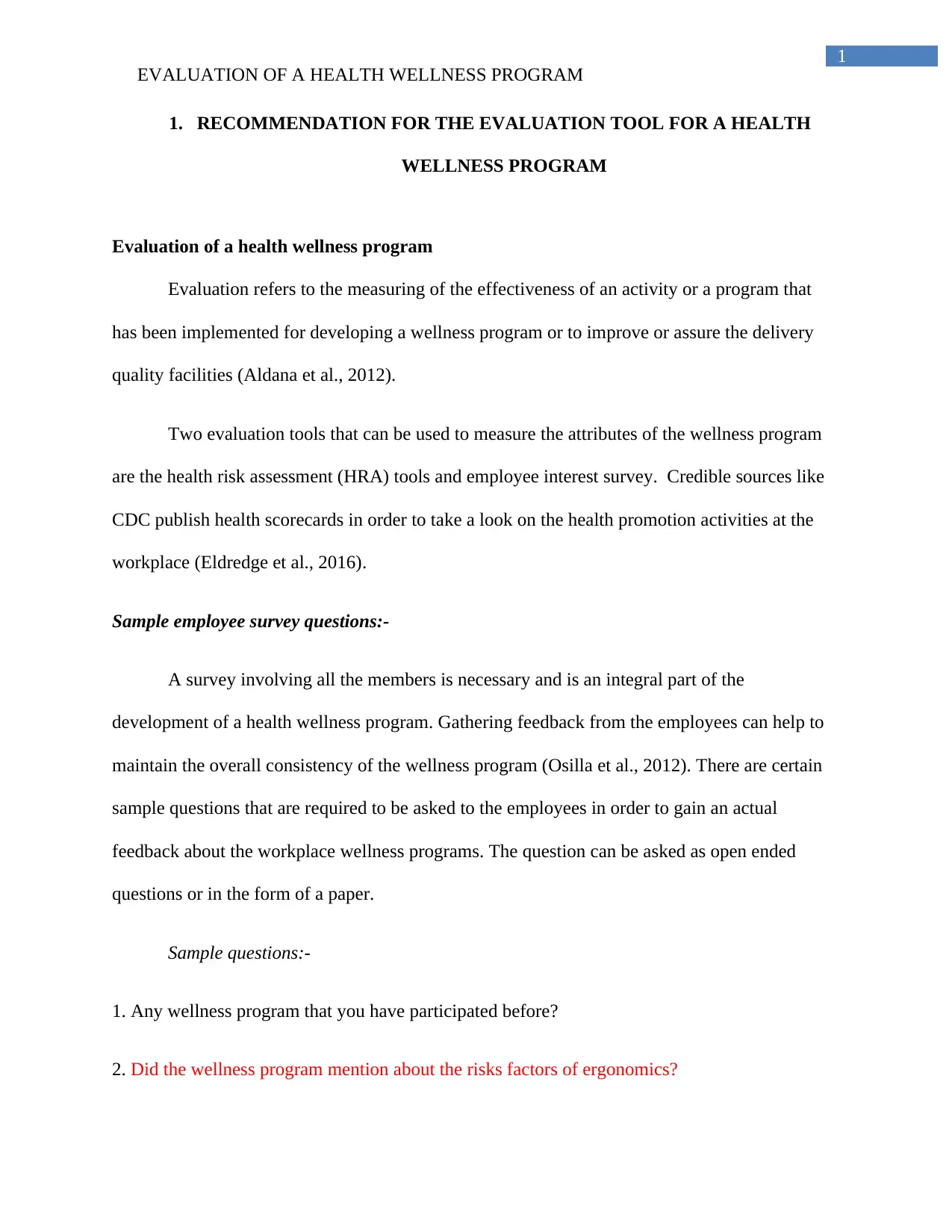
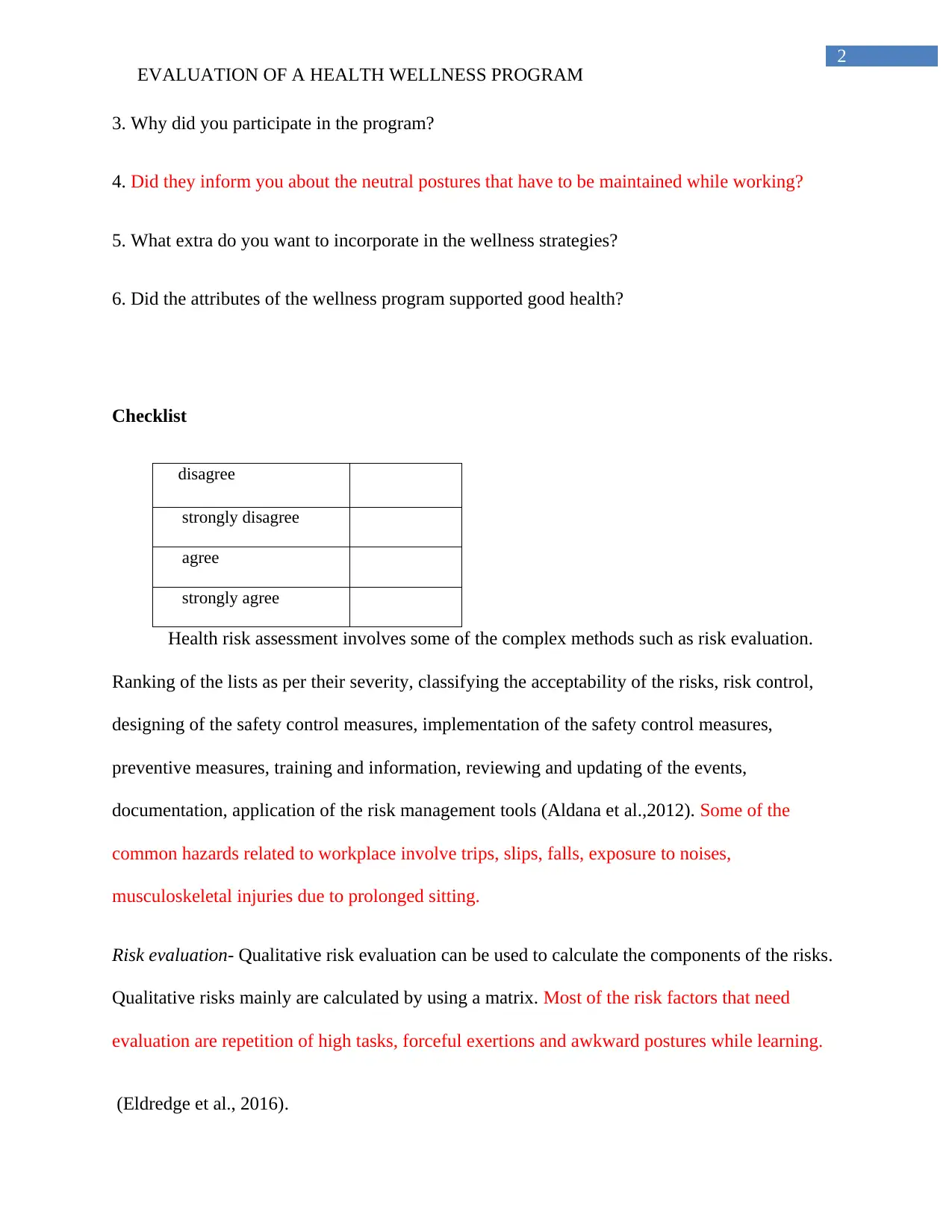

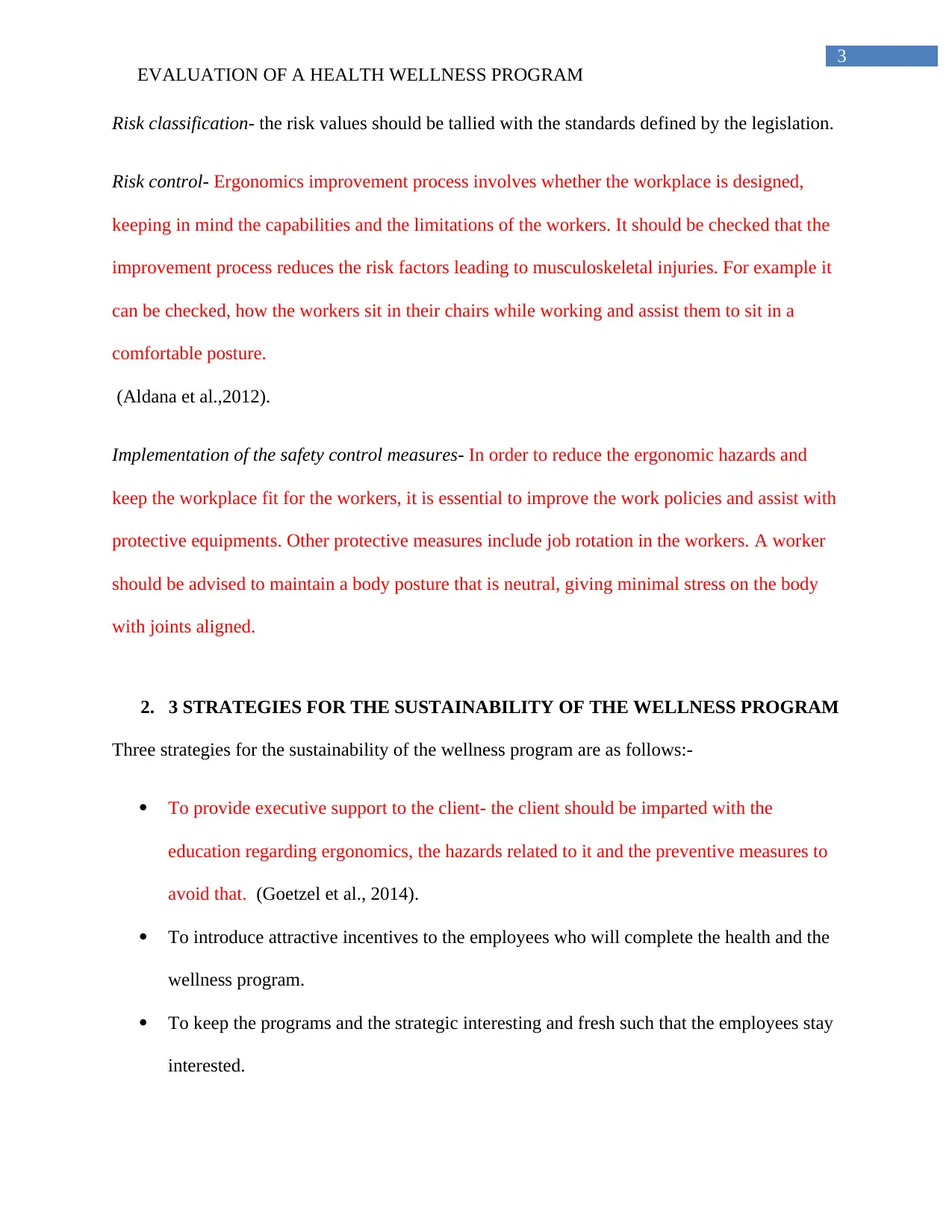
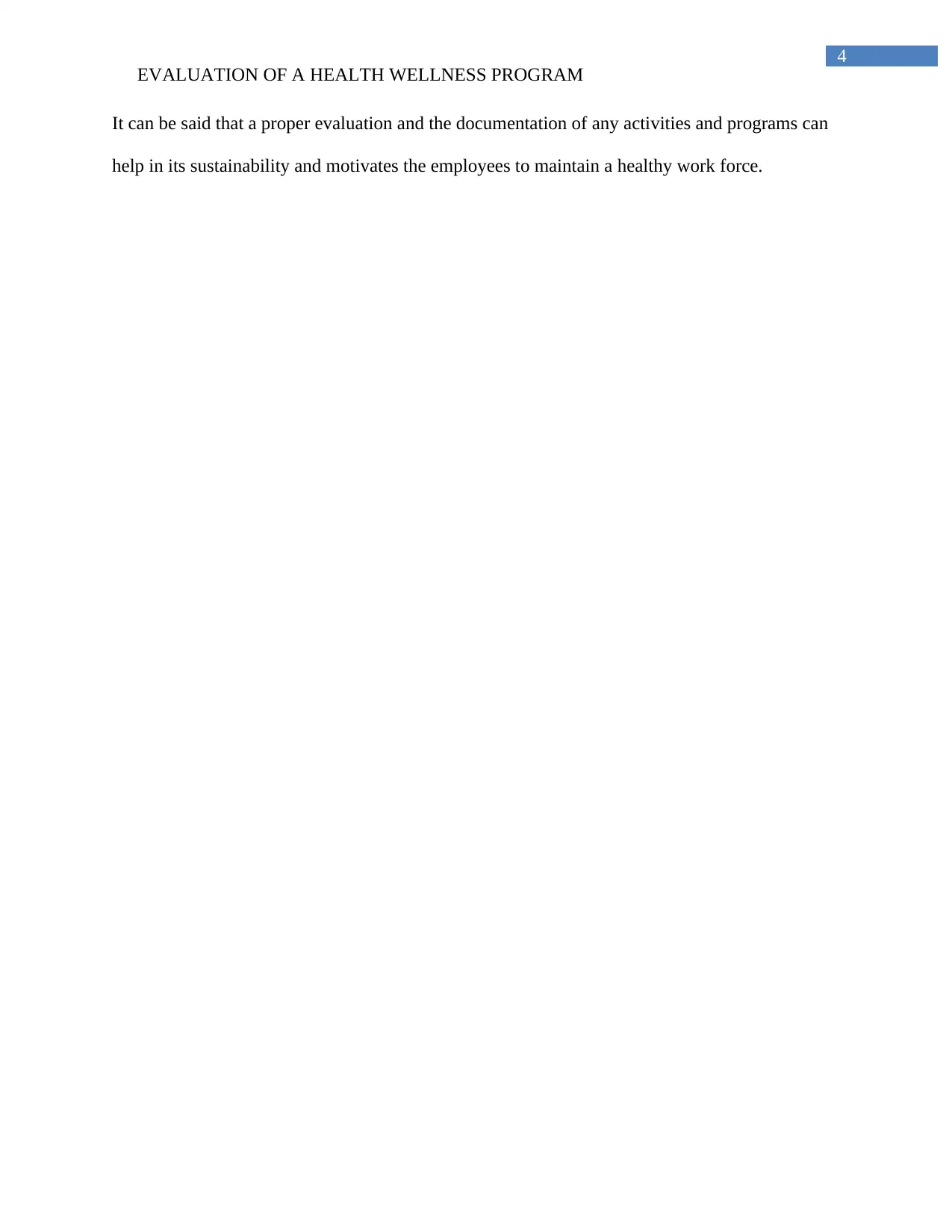
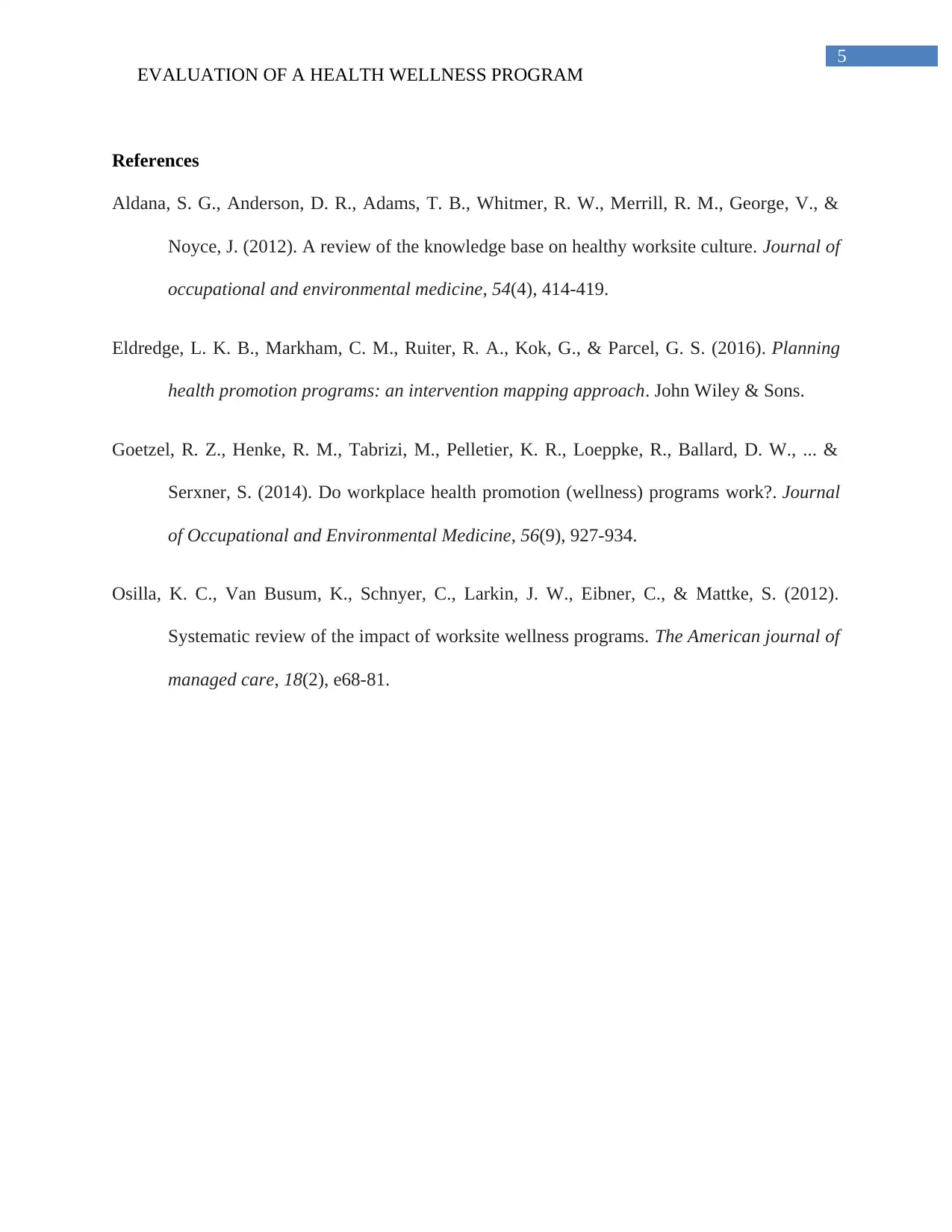




![[object Object]](/_next/static/media/star-bottom.7253800d.svg)